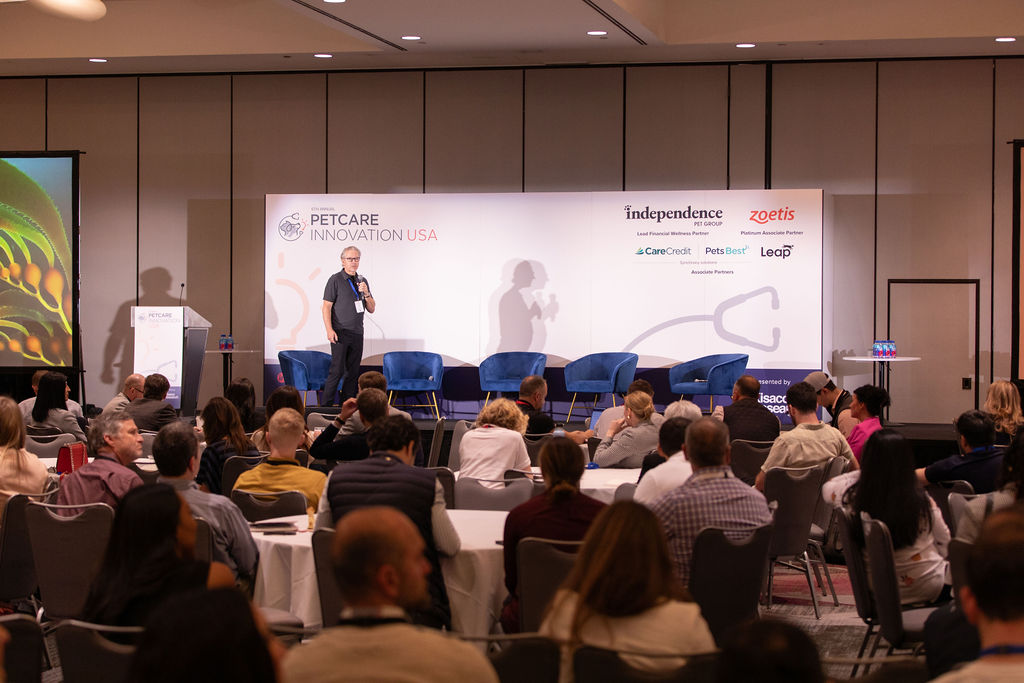- The Digital PawPrint
- Posts
- The future of pet wellbeing
The future of pet wellbeing
Wearables, health monitoring, and beyond
Was this forwarded to you? Subscribe to receive future volumes!
📈 A bite-sized stat tastier than kibble
A $4B US pet wearable market is up and to the right
Wearable pet technology, which includes everything from smart collars and trackers to medical sensors to detect issues, will increase from $3.4B in 2023 to $4B this year and reach almost $8B in 2027, according to the Business Research Company.
🐾 The purr-spective: This growth isn’t unexpected given the recent rise in pet ownership, bigger pet budgets, and the desire for pet parents to outfit their pets with the latest innovations. The rise of smart pet products follows the uptick of fitness trackers for humans, plus the added benefit of pet wearables improving early diagnosis of health issues and preventative measures.

🎾 What we’re chasing: New advances in pet tech
11 new pet innovations from CES to keep an eye on
The Consumer Electronics show brought 135,000 attendees to Las Vegas, and we attended to see the innovative solutions in, you guessed it, pet tech. This year's highlights included groundbreaking products from companies committed to improving pet care. We’ll explore 11 exciting companies across the following areas:
Pet health and symptom trackers: Smart pet health devices can now detect and track conditions and significant health issues such as heart disease. We love our pets with all of our hearts, so it makes sense that we’d watch theirs to find out the issues in advance.
Smart and connected pet homes: Homes are being connected to make them work better for humans and our pets. The form function, ability to fit existing settings, and geo recognition are enhancing pet consumer tech. We’re curious to see how noseprint and facial recognition will change the game in the future.
Companionship and entertainment solutions for pets: Just as COVID created loneliness and caused many people to struggle with social skills, the same can be said for our pets' mental health. More pets are dependent on their owners and suffer from separation anxiety. Logically, companies at CES would bring solutions to help support companionship and entertainment.
Allergen reduction and purification solutions for pet parents: As pet ownership rises, allergens have become an increasing challenge. With a larger population of people dealing with allergies to pet dander, we need better air purification at home.
🐾 The purr-spective: We’re seeing a big overlap in consumer technology and pet technology, and increasingly pet owners are buying tech products that improve both their lives and their pets’ lives. It’s no surprise that pet tech solutions are on the rise at CES. Maybe it’s time for a pet tech alley at CES!
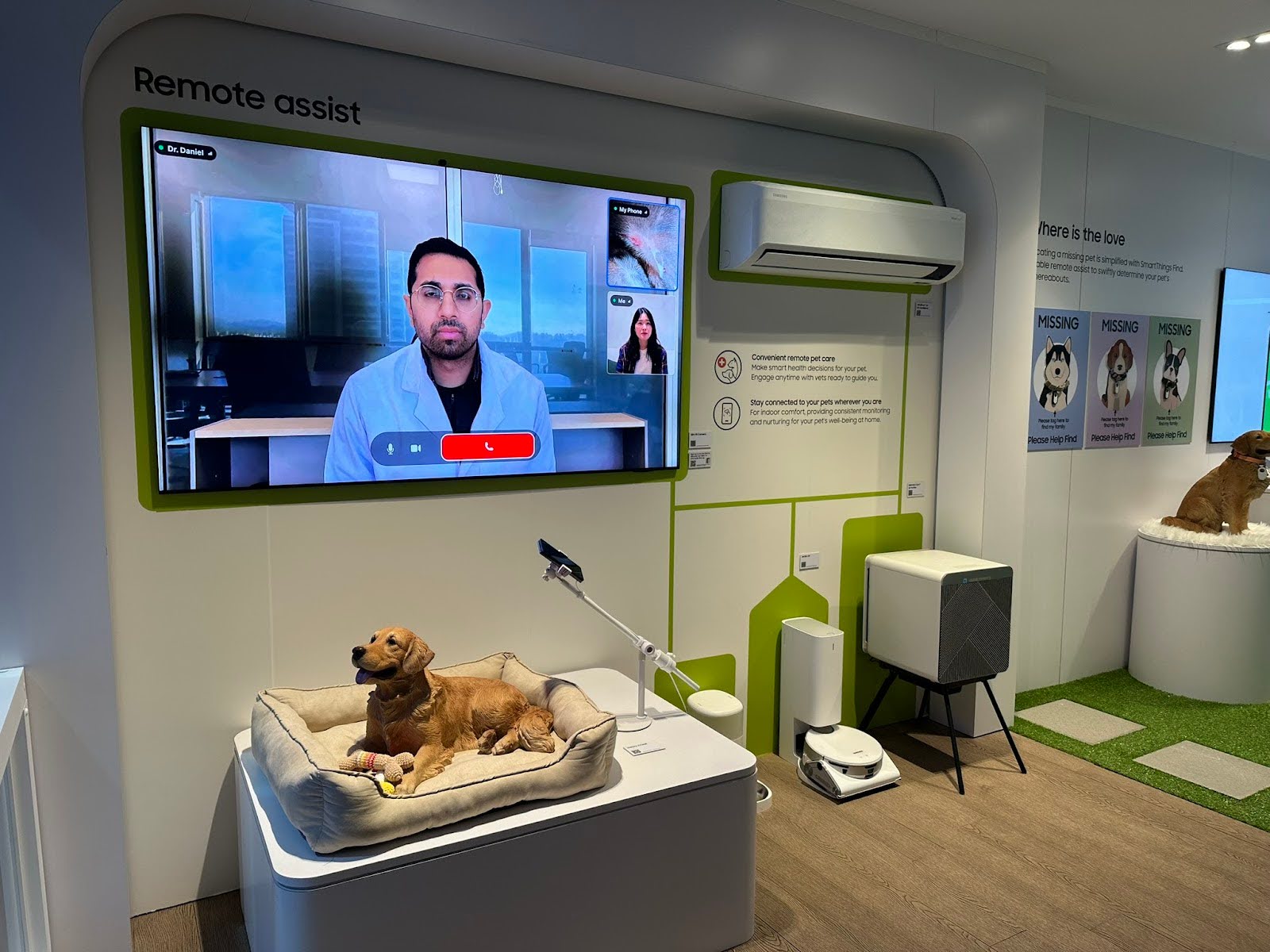
Paving a future for healthier automated cat feeders
Automatic feeders can be a saving grace for pet parents who travel, are away from home during mealtime, or don’t want to be woken in the early morning hours. But most smart feeders only work with dry food, rather than wet food which is the healthiest choice for pets. Dry food is like having fast food for every meal.
We sat down with Grant, co-founder and CEO of Sphinx, to hear how he’s built the first automated wet cat feeder, why oxygenation leads to food waste, and how data can improve pet health. Read the interview with Grant for his insights.
🐾 The purr-spective: Pet owners focus on ways to improve their furry friends’ health and lives, such as treat-dispending cameras and fitness trackers, but often miss one of the most important and basic influences on health: their food. Making healthy food more accessible and convenient for pet parents is the future of pet food, and we love that Sphinx is making their devices compatible with any brand of food.
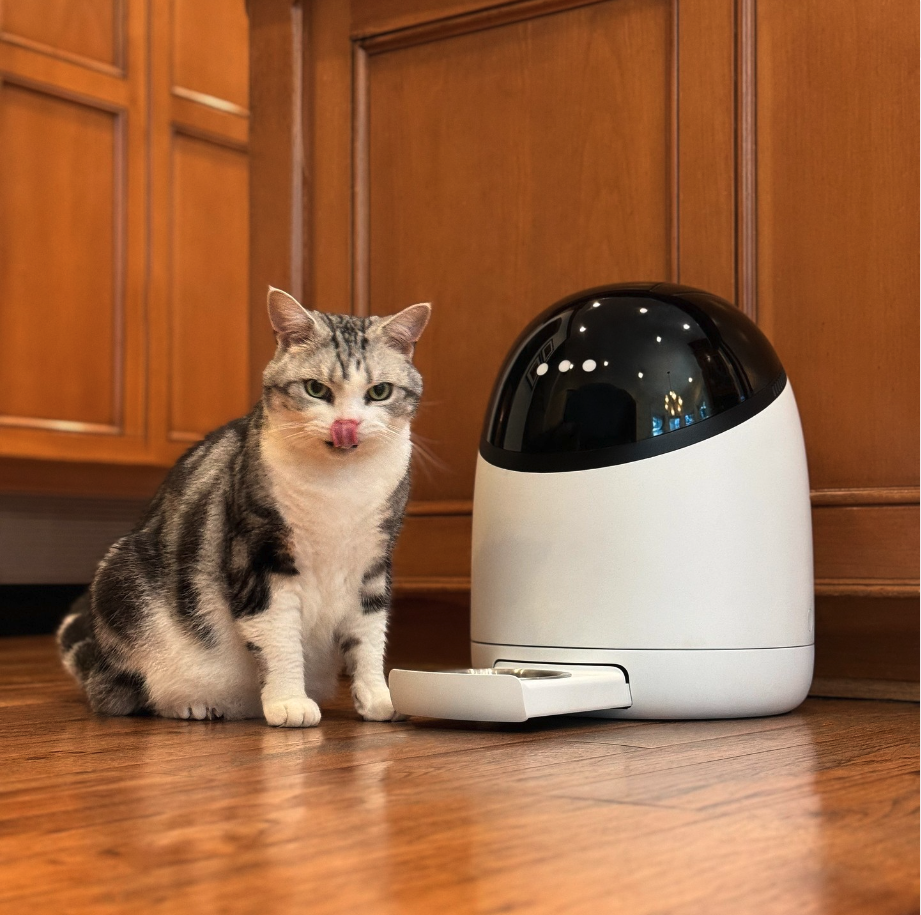 | 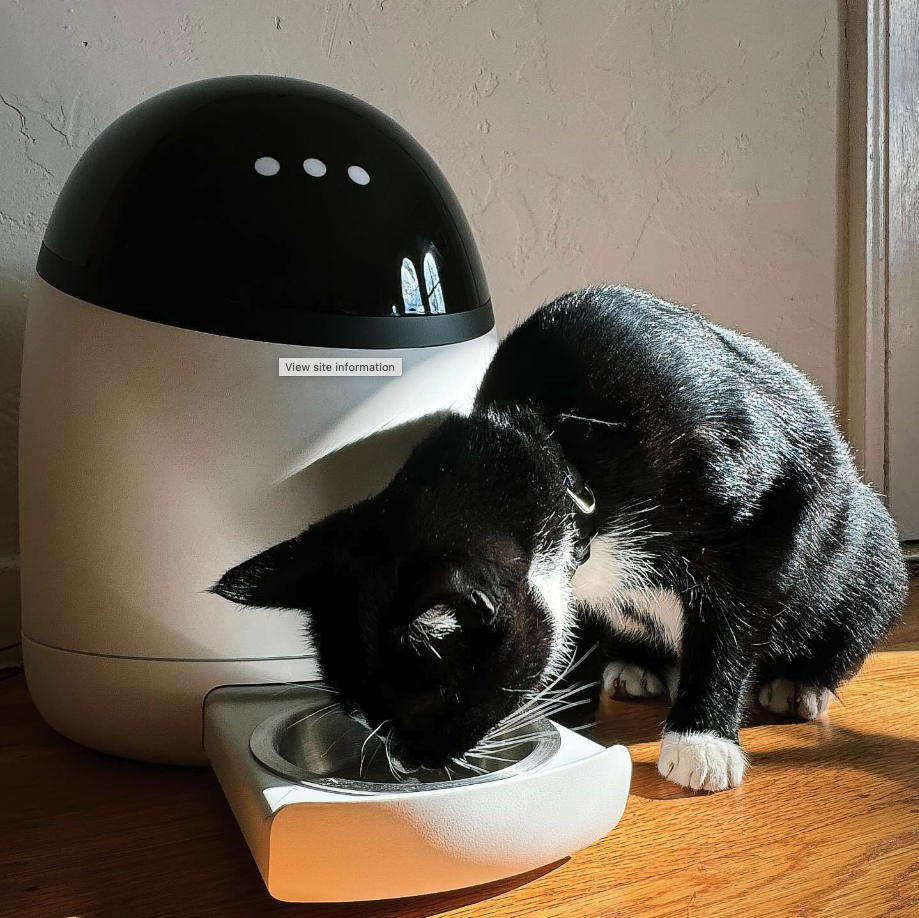 |

Makes you wonder...
How long can dogs actually live?
The average lifespan for a dog is 10-15 years for small breeds and 8-12 years for large breeds, so some are questioning whether the dog Bobi, who passed in October 2023, was truly 31 years old. There’s no record of when he was born and many veterinarians commented that Bobi was overweight which is a top contributor to a shorter life.
🐾 The purr-spective: Ironically, this is not about Bobi's age, but rather how we can get pets to live longer, healthier lives. A key way to do that is to maintain a healthy weight through good food and exercise. But people are also looking for quick wins to extend the lifespan of dogs, like the drug LOY-001 currently in the approval process.
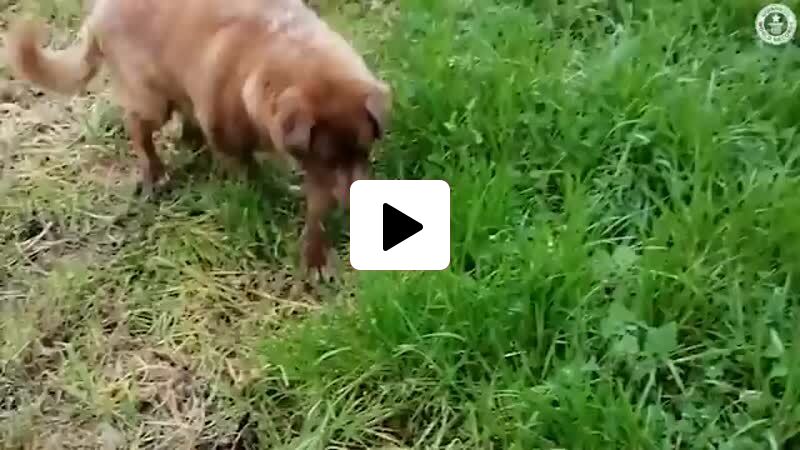
Cats can make 276 different faces
A new study coded 276 different facial expressions in cats, more than previously assumed. These expressions were based on the types of muscle movements and split into affiliative (for social bond management), non-affiliative (defensive and aggressive exchanges), caregiving (mothering, nursing, and communal denning), and reproductive (which should be pretty obvious). Some people may think they understand their cats’ communication but the nearly 300 expressions prove that cats are more complicated than we think.
🐾 The purr-spective: Cats can't talk, so learning about cat facial expressions indicates that we have a growing understanding of cats’ communication. Will we be able to truly understand the emotions of our pets? If technology truly solved this question, that would enable stronger human-pet bonding and lower levels of conflict and tension.

A new treat of resources

⭐ Pet of the month
Meet Elie, a lab and cattle dog mix.
In the words of her pet parents Meghan and Nick, “Ellie was rescued from rural Tennessee. We know she was found as a stray, but not much else! But we’re the luckiest to see her unique personality shine every day. Ellie’s favorite sport is soccer, where we see her herding skills in action. When she’s not chasing soccer balls, she loves learning new tricks. She learned to retrieve 'Santa' out of her pile of toys. Obviously she’s on the nice list.”
 |  |

Missed the previous volumes and articles? Check them out!
Petcare Innovation Summit: The latest trends and insights unleashed | Unlocking pet health: A conversation with Tara Zedayko of DIG Labs |
